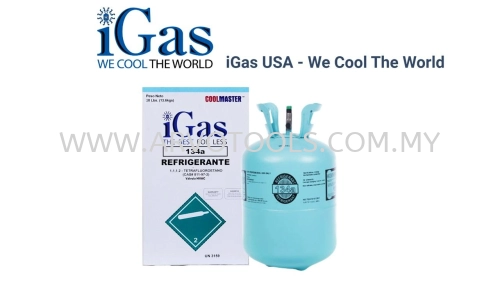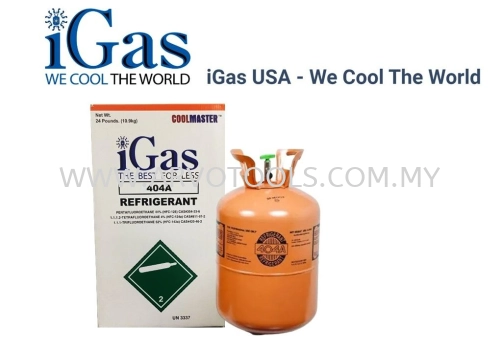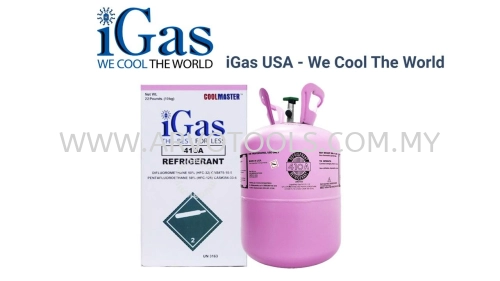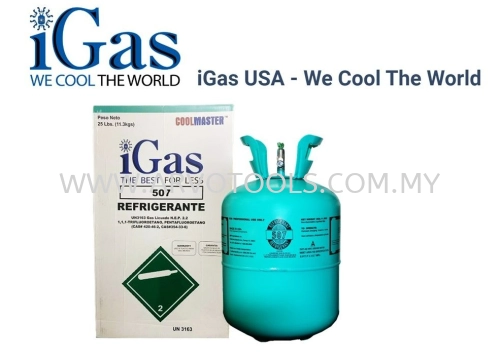AIR CONDITIONING SYSTEM REFRIGERANT GAS
Selected tag
Tag Selection
- AIR CONDITIONING SYSTEM REFRIGERANT GAS (8)
- GAS AIRCOND FOR VRV AND VRF SYSTEM (3)
- REFRIGERANT GAS SELANGOR MALAYSIA (2)
- AUTOMOTIVE REFRIGERANT GAS (4)
- AIRCOND GAS FOR SPLIT UNIT (1)
- iGAS REFRIGERANT (4)
- PAC SYSTEM AIRCOND SYSTEM REFRIGERANT GAS (4)
- REFRIGERANT GAS R32 (1)
- REFRIGERANT GAS R407C (1)
- REFRIGERANT GAS R404A (2)
- REFRIGERANT GAS FOR REFRIGERANT SYSTEM (1)
- Commercial refrigeration low-media temperature (1)
- R600A REFRIGERANT GAS (2)
- ISOBUTANE REFRIGERANT GAS (1)
- HYDROCARBON R600A ISOBUTANE C4H10 (1)
- 3KG PACKING GAS AIRCOND R32 (2)
- R32 REFRIGERANT GAS (1)
R134a is also known as Tetrafluoroethane (CF3CH2F) from the family of HFC refrigerant. With the discovery of the damaging effect of CFCs and HCFCs refrigerants to the ozone layer, the HFC family of refrigerant has been widely used as their replacement.
More Details...
Difluoromethane, also called difluoromethylene, HFC-32 Methylene Fluoride or R-32, is an organic compound of the dihalogenoalkane variety. It has the formula of CH2F2. It is a colorless gas in the ambient atmosphere and is slightly soluble in the water, with a high thermal stability.
More Details...
Difluoromethane, also called difluoromethylene, HFC-32 Methylene Fluoride or R-32, is an organic compound of the dihalogenoalkane variety. It has the formula of CH2F2. It is a colorless gas in the ambient atmosphere and is slightly soluble in the water, with a high thermal stability.
More Details...
General Description
Refrigerant Gas R404A is a colorless odorless mixture of three hydrofluorocarbon compounds in near-azeotropic proportions.
It was designed to replace R-502 and R-22 used in commercial refrigerator equipment for low and medium temperature ranges.
More Details...
407C is a hydrofluorocarbon (HFC) refrigerant that is commonly used in air conditioning and refrigeration systems. It is a blend of three HFC refrigerants: R32, R125, and R134a.
R407C has a moderate global warming potential (GWP) of 1774, which is lower than some other commonly used refrigerants, such as R410A.
More Details...
Refrigerant R-410A, is a zeotropic but near-azeotropic mixture of difluoromethane (CH2F2, called R-32) and pentafluoroethane (CHF2CF3, called R-125) that is used as a refrigerant in air conditioning and heat pump applications.
More Details...
R-507 is a blend of HFC refrigerants commonly used for medium and low temperature commercial refrigeration applications and offers excellent capacity and efficiency as a replacement for R-22 and R-502 in new and existing equipment. It is non toxic and non flammable meeting the highest A1 Classification.
More Details...
As a refrigerant, isobutane poses a fire and explosion risk in addition to the hazards associated with non-flammable CFC refrigerants. Substitution of this refrigerant for motor vehicle air conditioning systems not originally designed for isobutane is widely prohibited or discouraged.
More Details...
















